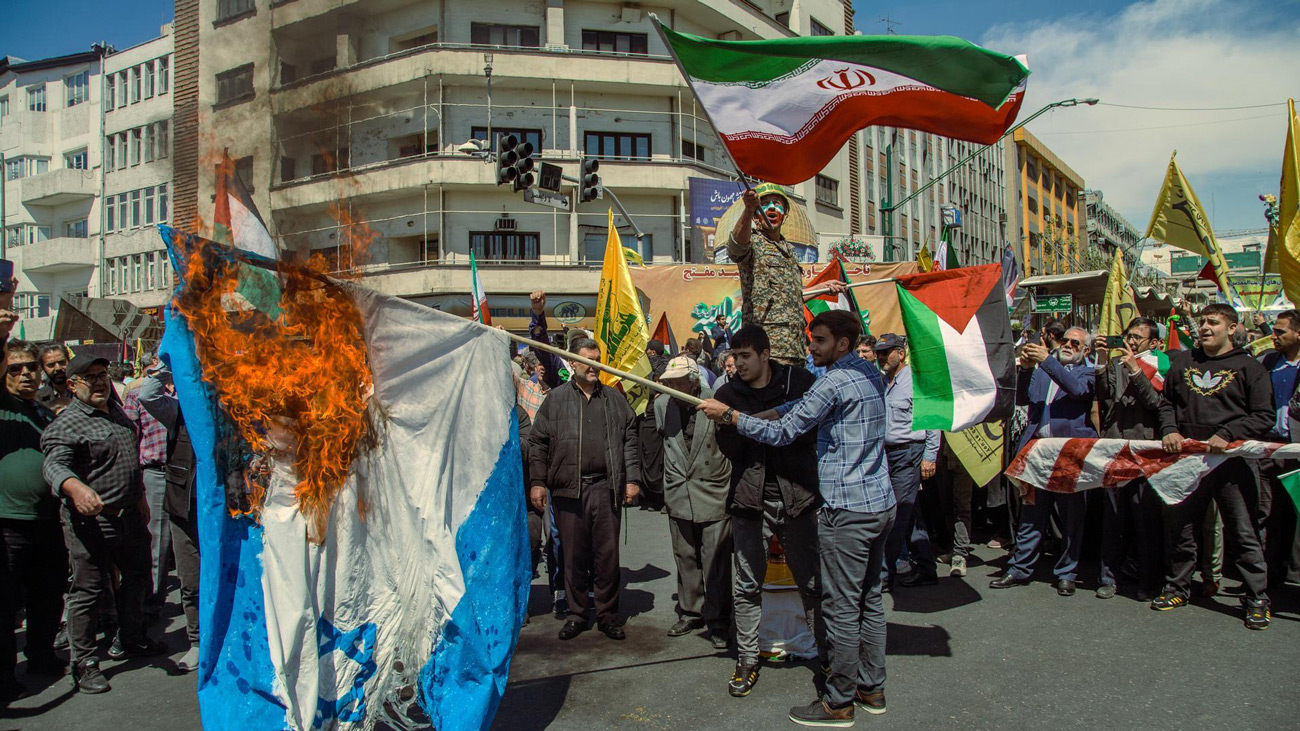
From the Mountain of Navarre, thousands of people took to America in the 19th century to survive in grazing or other activities. Historian Raquel Idoate recovers in her thesis the history of some 4,000 of them: how the trip was made, how they were invested in, roles about inheritance, with whom they married… But she has also discovered a more unknown aspect, evidence of the relationship of these migrants with slavery: “They are very interesting writings, made in the context of the sale of slaves within the coffee and sugar businesses that some Navarros had in Cuba,” he says.
From this point of departure, we can make a tour of the Five Villas to Pamplona, town to town, slaves there, slaves here. Thanks to this work we know, for example, that in 1866 the lesakarra Jacobo Ordoqui (1) ordered the release of a “mulata from Cuba”, as it was its owner. Or that at the same time Felipe Elzaurdia de Bera (2) sold a large sugar bowl called Vera in the province of Cárdenas de Cuba, with 40 slaves working there: The 22-year-old Timeo, Leandra of 37, Bartolo was only two years old... owned by Asian creoles, lucumías, yangas, macus and “settlers.”
The  best known is the case of Martin Belarra, a native of Igantzi (3), who was a Navarro deputy, dedicated his life to human trafficking and in 1833 transported 700 slaves to the Antilles in the expedition of the famous boat Cazador Santurzano. We also have cases in Etxalar (4) and Arantza (5). The latter was Martín Arostegui, a former trafficker of the Black Company of Cadiz.
best known is the case of Martin Belarra, a native of Igantzi (3), who was a Navarro deputy, dedicated his life to human trafficking and in 1833 transported 700 slaves to the Antilles in the expedition of the famous boat Cazador Santurzano. We also have cases in Etxalar (4) and Arantza (5). The latter was Martín Arostegui, a former trafficker of the Black Company of Cadiz.
If we continue the Bidasoa, in Sunbilla (6), we will find the beautiful palace of Meharda with a shield, built by the Oteis with American money. It was bought by Francisco Jorajuria in the 19th century, after being enriched in the sugar management Alava of the slave market Julián Zulueta in Cuba. This Sunbilla house contained electricity, toilets and tap water.
If we leave Malerreka, further west, Leitza awaits us (7). The name Baleztena is known there. José Joaquín of this family moved to Cuba in 1820 and returned rich with the money obtained from two coffee fields made by the slaves "males and females". He then invested in the halls of all Navarre, gave treasures to the church of Leitza and bought a large palace in Pamplona (8) next to the Provincial Council building. In addition, to ensure succession, he negotiated marriage with María Cruz Muñagorri in the same way as he haggled with his property.
The reproductive sexual use of marriage was no exception. Christopher Arlegui wanted to do the same, but he couldn't... He died very early after doing business in both the Philippines and Cuba with the slave traffickers Matía, Zulueta and Aguirre. One of his brothers, however, remarried Arlegi (9), his neighboring town of Pamplona, and bought the Marquis of Góngora the palace and the lands of the cendea. Today, that even darker past is nothing more than the shadow of a long dark tower on the horizon of the Region of Pamplona.
[This article has been published in the special journal of page 2024 108 of the ARGIA Keys. People will receive LIGHT on paper or in PDF, depending on their choice. If you haven’t taken the step yet, do ARGIA and we’ll send it to you with great pleasure! The rest you can buy at the Azoka]
The following infographic is based on the report number 55 of the Delàs Peace Research Center of Catalonia, published in October 2022. In the report, Xavier Bohigas, Pere Brunet, Teresa de Fortuny, Anna Montull García and Pere Ortega analysed in depth the links between... [+]
Predicting the end of anything has become fashionable. The end of the human being, ideologies, community, authority, philosophy, or democracy. Are they labels full of sensationalism?
Maybe it was Francis Fukuyama who started that final fashion. After the collapse of the Berlin... [+]
I have to go to the hairdresser,” I thought at the beginning of the course, and I didn’t go. I started with long hair and ended in the same way (halfway down the road I made a mohín and cut a piece of it. Nobody noticed. Neither do I.) It hides me if I lack the gesture and,... [+]
We are in the most industrialized territory of the Basque Country, the Left Margin of the Ibaizabal, or the Ría de Bilbao, if you will. Here the fireplaces had ordered it once. But to feed them, we used not only coal, but also the sweat of thousands of workers, and even more,... [+]
The epic is built on the lives of many men and knowing that makes society more mature.” The writer Bibiana Candia is right. In Azucre (Pepitas de Calabaza, 2021) we are told the tragedy of the enslaved Galician migrants of the 19th century, but that story would have been... [+]
Despite the black skin and curly hair, they remained invincible men, with the intelligence and resentment of human beings.” So he wrote about the slaves CRL James in the book Jakobino Beltzak, who masterfully narrates the Haitian revolution. So many brutalities, torture and... [+]
If you manage to escape the multitude of tourists and look from the Concha railing to the Donostia pier, perhaps the imagination will accompany you in the time when it was an intense marine commercial city, in which the soundtrack of the gulls will accompany you. Perhaps you are... [+]




















